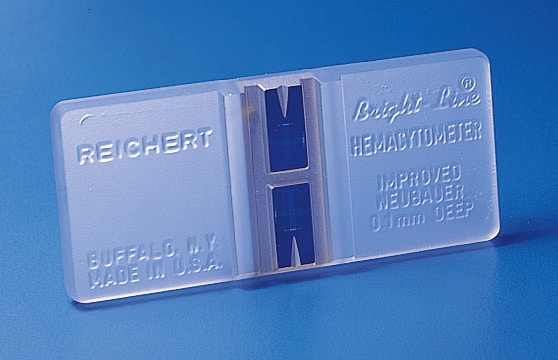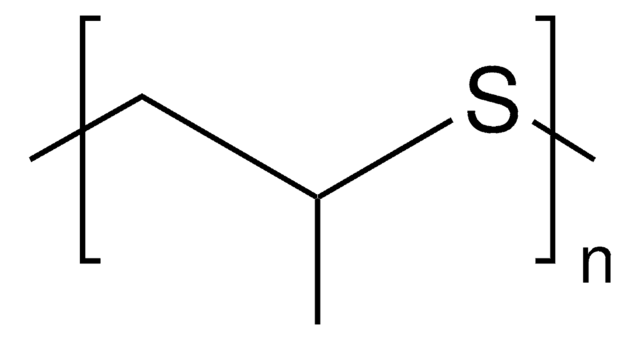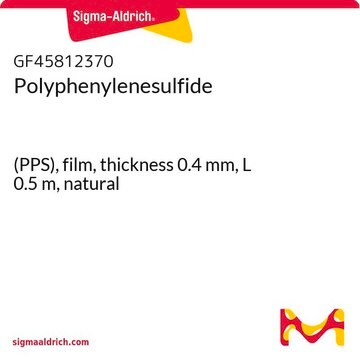182354
Poly(1,4-phenylene sulfide) average Mn ~ 10,000, powder | 25212-74-2
average Mn ~10,000, powder
Synonym(s):
Poly(1,4-Phenylene Sulfide)
About This Item
Recommended Products
form
powder
Quality Level
mol wt
average Mn ~10,000
mp
285-300 °C
transition temp
Tg 150 °C
density
1.36 g/mL at 25 °C
Related Categories
General description
Application
Storage Class
11 - Combustible Solids
wgk_germany
WGK 3
flash_point_f
Not applicable
flash_point_c
Not applicable
ppe
Eyeshields, Gloves, type N95 (US)
Choose from one of the most recent versions:
Already Own This Product?
Find documentation for the products that you have recently purchased in the Document Library.
Customers Also Viewed
Our team of scientists has experience in all areas of research including Life Science, Material Science, Chemical Synthesis, Chromatography, Analytical and many others.
Contact Technical Service











